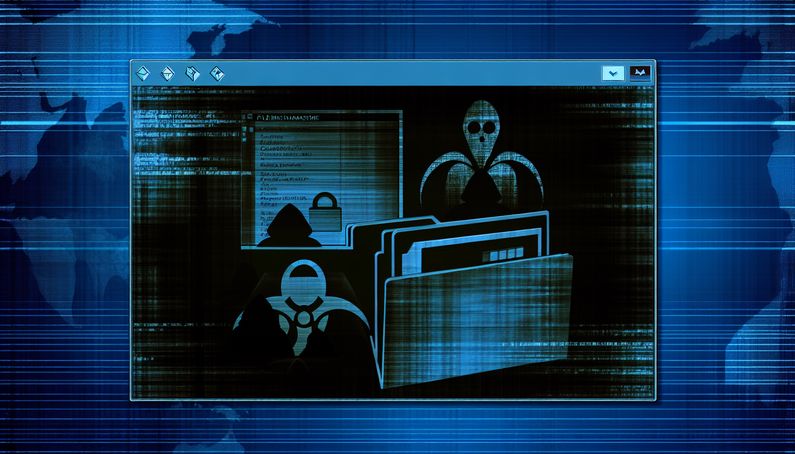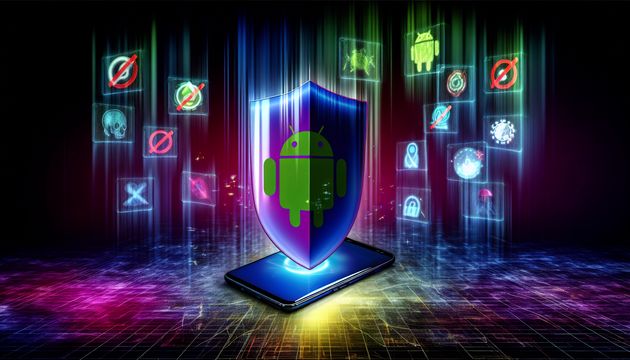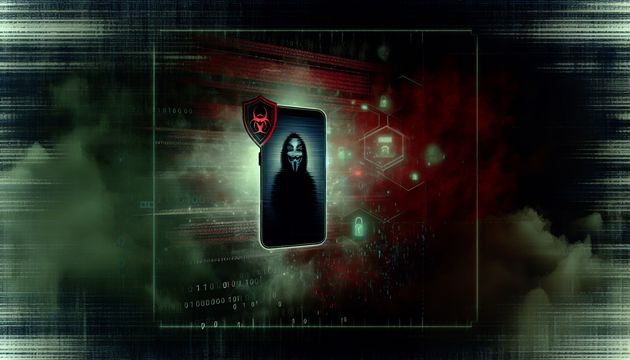
The FileFix Attack: A New Era of Cyber Threats
The FileFix attack represents a cunning advancement in the realm of cyber threats, transforming the familiar Windows File Explorer into a tool for executing stealthy commands. Unlike its predecessor, ClickFix, which relied on browser-based deception, FileFix integrates directly into the Windows environment, exploiting user trust in familiar interfaces. This attack method, discovered by cybersecurity researcher mr.d0x, cleverly disguises malicious commands as file paths within the File Explorer’s address bar, significantly increasing its stealth and success rate (BleepingComputer). By leveraging social engineering tactics, attackers craft phishing pages that mimic trusted services, prompting users to unknowingly execute harmful commands. This evolution in attack strategy underscores the need for heightened awareness and robust security measures to protect against such sophisticated threats.
Understanding the FileFix Attack
The Evolution of ClickFix to FileFix
The FileFix attack is a sophisticated evolution of the ClickFix social engineering technique. Initially, ClickFix attacks relied on browser-based methods to deceive users into executing commands by copying them to the clipboard and pasting them into a command prompt or PowerShell window. FileFix, however, takes this a step further by integrating the attack into a more familiar and unsuspecting environment for users: the Windows File Explorer. This evolution is significant because it leverages the inherent trust users place in familiar interfaces, making the attack more stealthy and effective.
According to cybersecurity researcher mr.d0x, who discovered this method, the FileFix attack utilizes the File Explorer’s address bar to execute malicious commands. By disguising the malicious command as a file path, users are less likely to suspect foul play, especially when the command is hidden within a PowerShell comment. This method not only increases the attack’s stealth but also its success rate, as users are more likely to comply with instructions that seem routine and harmless (BleepingComputer).
Technical Mechanics of FileFix
The technical mechanics of the FileFix attack involve a clever use of the Windows File Explorer’s capabilities. The attack begins with a phishing page that includes a button labeled “Open File Explorer.” When clicked, this button launches the File Explorer through the browser’s file upload functionality. Simultaneously, a malicious PowerShell command is copied to the clipboard. This command is crafted to include a dummy file path within a PowerShell comment, ensuring that only the fake path is visible in the File Explorer’s address bar.
The user is then instructed to paste this path into the File Explorer, unknowingly executing the hidden PowerShell command. This technique is particularly effective because it exploits the user’s familiarity with the File Explorer interface, reducing suspicion and increasing the likelihood of compliance. The attack also cleverly avoids user errors by intercepting the file selection event and clearing the input, ensuring that the malicious command is executed without interruption (BleepingComputer).
Social Engineering Tactics in FileFix
Social engineering plays a crucial role in the success of FileFix attacks. The phishing pages used in these attacks are designed to appear legitimate and often mimic trusted services or notifications. For example, a phishing page might present itself as a notification indicating that a file has been shared with the user, prompting them to open it in File Explorer. This ruse is effective because it taps into common user behaviors and expectations, such as accessing shared files or resolving system issues.
Furthermore, the attack can be tailored to specific targets by impersonating well-known brands or services. In one observed campaign, cybercriminals impersonated Booking.com to deliver malware to hospitality workers. By leveraging recognizable brands, attackers increase the credibility of the phishing page and the likelihood that users will follow the instructions provided (BleepingComputer).
Potential Impact and Threat Landscape
The potential impact of FileFix attacks is significant, given their ability to execute commands stealthily on a victim’s system. This method can be used to deploy a variety of malicious payloads, including ransomware, infostealers, and remote access trojans. The stealthy nature of the attack makes it particularly dangerous, as users may not realize they have been compromised until it is too late.
Moreover, the simplicity and effectiveness of the FileFix method make it an attractive option for both cybercriminals and state-sponsored groups. The North Korean state hacker group ‘Kimsuky’ has already been observed incorporating elements of ClickFix into their campaigns, demonstrating the potential for widespread adoption of FileFix by threat actors. As the attack method gains traction, it is likely to be adapted and refined further, posing an ongoing threat to individuals and organizations alike (BleepingComputer).
Mitigation Strategies and Defensive Measures
To mitigate the risk of FileFix attacks, organizations and individuals must adopt a multi-layered approach to security. Education and awareness are critical components, as users need to be informed about the tactics used in these attacks and how to recognize phishing attempts. Regular training sessions and simulated phishing exercises can help reinforce safe practices and reduce the likelihood of successful attacks.
Technical defenses are also essential. Implementing robust email filtering and web security solutions can help block phishing pages and malicious links before they reach users. Additionally, organizations should consider deploying endpoint protection solutions that can detect and block suspicious activity, such as unauthorized PowerShell executions.
Finally, maintaining a strong security posture through regular software updates and patch management is crucial. By ensuring that systems are up-to-date and vulnerabilities are addressed promptly, organizations can reduce their exposure to attacks that exploit known weaknesses (BleepingComputer).
Final Thoughts
The FileFix attack exemplifies the evolving nature of cyber threats, where familiar tools are weaponized to exploit user trust. Its integration into the Windows File Explorer highlights the sophistication of modern cyber attacks and the importance of vigilance in cybersecurity practices. As this method gains traction, it is crucial for both individuals and organizations to adopt comprehensive security strategies, including user education and advanced technical defenses, to mitigate the risks posed by such stealthy attacks (BleepingComputer). The potential for widespread adoption by threat actors, including state-sponsored groups, further emphasizes the need for ongoing vigilance and adaptation in cybersecurity measures.
References
- BleepingComputer. (2024). FileFix attack weaponizes Windows File Explorer for stealthy PowerShell commands. https://www.bleepingcomputer.com/news/security/filefix-attack-weaponizes-windows-file-explorer-for-stealthy-powershell-commands/



